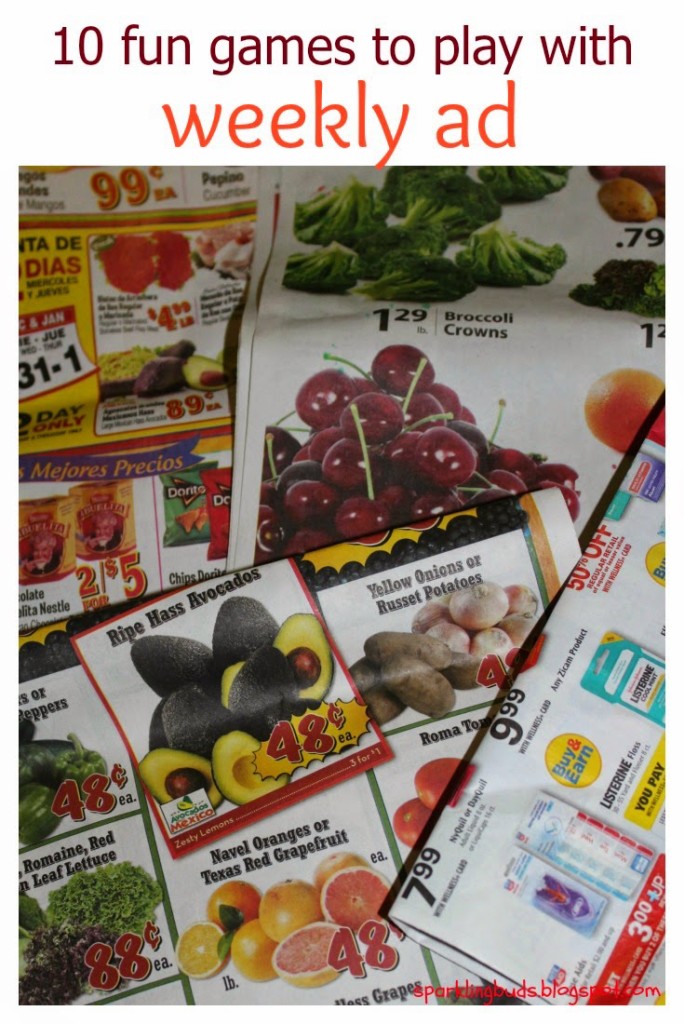1. Compare the cost of items from various stores : We take an item like tomato. My daughter writes down the cost of tomato from various stores and does various calculations like difference between least costlier and most costlier, writes in ascending order, writes with greater than lesser than symbol etc.
2. Compare the cost with previous week: Compare the cost of the item from previous week from the same store. She would find out whether it has increased or decreased. She needs to concentrate on the conversions too. I am trying to teach her percentage of change now.
3. Round it to the next higher value: Rounding the cost of an item to the next higher value. She is learning about cents and dollars.
4. What is the cost of each item for buy one get one free or buy two get 1 free: We find out the cost of each item if we buy at “buy one get one free” or “buy two get 1 free”. She learns division in a playful way.
5. How many free items do you get in buy one get one free or buy two get 1 free: I make simple word problems like how many free items do you get if you buy 18 items of those items in total? She learns division and subtraction in this simple game.
6. Which is the cheapest item in the page: She finds out the cheapest item in the page. She starts with the cost of the first item, writes it down. Moves to the second item. If the cost of the second item is less, she erases the first item and writes down the cost of the second item. She continues for the entire page in the weekly ad to get the cheapest item in the page.
7. Which is the costliest item in the page: This game is similar to game #6 but she finds out the costliest item in the page.
8. Consider distance, time and cost : If the item is cheap at far away store, I discuss with her whether it is cheap after considering the distance, time and gas cost. Now she is a pro in this game.
9. Guess number of objects in the weekly ad: This is the game my daughter likes the best. Now she guesses almost correctly.
10. Which store is cheaper for 10 common items: Consider 10 common items in 2 stores and find out which store will work out cheaper. One of the items may be costlier in one store than other. So we consider 10 common items in both the stores and find out which store is cheaper for the week.
These fun games not only teach her math but also our family grocery needs, budget etc.
Thanks for reading the post. Hope you enjoyed reading it. You may be interested in
1. Math game to practice basic facts
Please free to pin the following image
If you found this post useful, pin it or share it! It will keep me motivated. Thank you!


Great ideas for learning life and maths 🙂
Good going!
Thanks Grace
Excellent ideas..
Such a smart way to use the ads before you toss them!
I really really like this post! What a great idea!
Super Idea – can help some youngsters to understand mathematics & the concept of money/budgets etc because it is ‘real’ rather than just something out of a book/online
Thank you all for your nice and encouraging comments!
Great ideas! Love seeing all of the every day math learning ideas!
These are great ways to teach older students to actually shop for groceries!
Looks fun, thanks for sharing at STEM Saturday! I love games that are easy and still teach kids SO many important things!
Great ideas using weekly grocery ads for math games! I will try some of your ideas with my grandsons. I used to do something similar with my students: comparing costs for a Thanksgiving dinner between 4 stores. My students loved this activity!
Comparing costs for the Thanksgiving dinner seems like a fun game! Will try with my kids. Thanks for your comment!